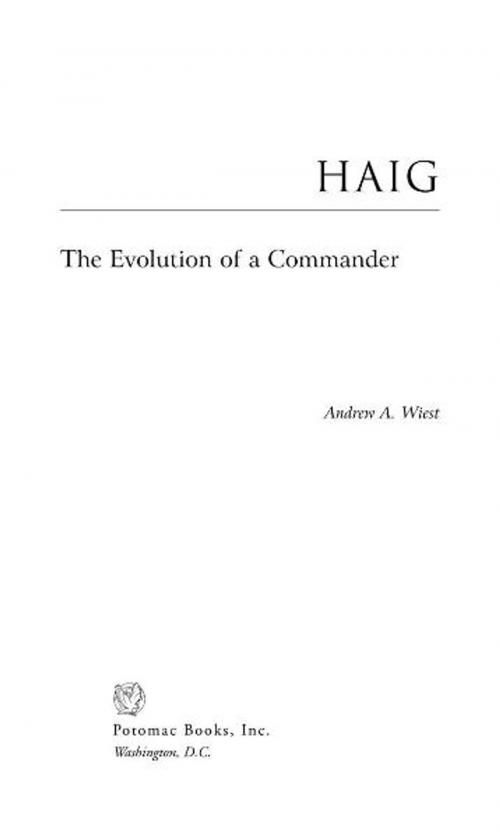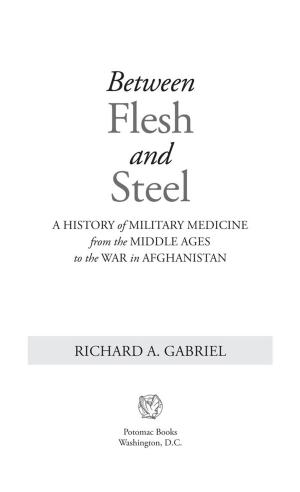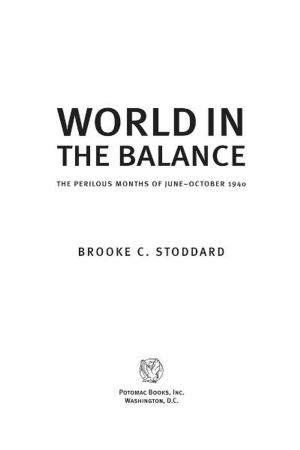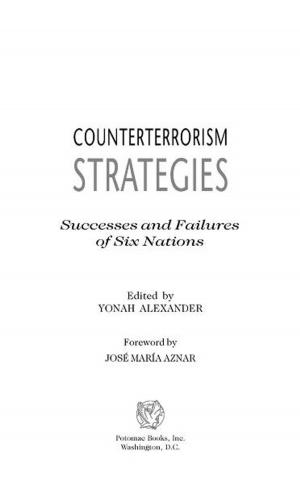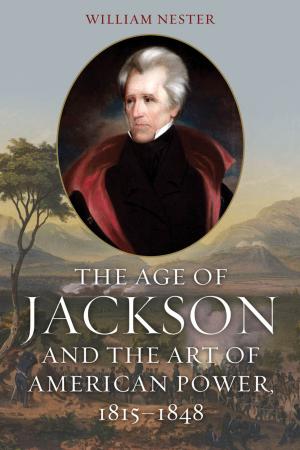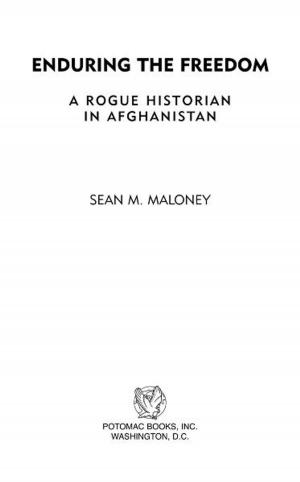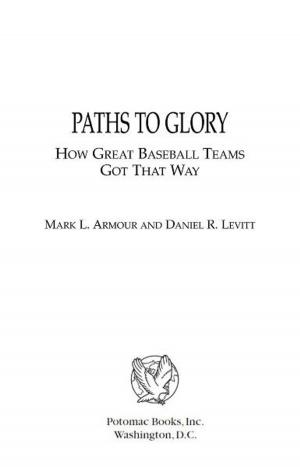| Author: | Andrew Wiest | ISBN: | 9781612342610 |
| Publisher: | Potomac Books Inc. | Publication: | July 22, 2005 |
| Imprint: | Potomac Books Inc. | Language: | English |
| Author: | Andrew Wiest |
| ISBN: | 9781612342610 |
| Publisher: | Potomac Books Inc. |
| Publication: | July 22, 2005 |
| Imprint: | Potomac Books Inc. |
| Language: | English |
For years, Douglas Haig has been considered perhaps the most controversial military leader in British history. Today his career is at the center of a swirling historiographical debate concerning the nature of the First World War. The traditional school contends that Haig, like the majority of generals from both sides, were overmatched, hidebound relics of a bygone military age who could not come to grips with modern war. They allegedly sent their soldiers over the top in waves, with a criminal disregard for the mounting cost in lives. A new revisionist school contends that many Great War leaders, including Haig, were central to a phenomenal period of military innovation that laid the foundations for modern war. This so-called learning curve led from the killing fields of the Somme to the protoblitzkrieg tactics of the 100 Days Battles.Having achieved a measure of fame in Britains colonial wars, Haig began the First World War as a corps commander and succeeded to command the British Expeditionary Force (BEF) in 1915. Under his leadership, the BEF fought its two signature battles of the Great Warat the Somme and Passchendaele. Haigs role in the direction of these battles earned him a reputation as a butcher and bungler, the slaughter of the Somme and the muddy hell of Passchendaele forever tarnishing his reputation. However, as Andrew Wiest points out, in 1918 Haig was instrumental in winning one of the greatest victories in British military history. While the 100 Days Battles often go unnoticed or unappreciated in the history of World War I, obscured by the failures of earlier campaigns, it was here that modern war came of age. Haigs role in that transformation makes him the central figure of the war on the Western Front.
For years, Douglas Haig has been considered perhaps the most controversial military leader in British history. Today his career is at the center of a swirling historiographical debate concerning the nature of the First World War. The traditional school contends that Haig, like the majority of generals from both sides, were overmatched, hidebound relics of a bygone military age who could not come to grips with modern war. They allegedly sent their soldiers over the top in waves, with a criminal disregard for the mounting cost in lives. A new revisionist school contends that many Great War leaders, including Haig, were central to a phenomenal period of military innovation that laid the foundations for modern war. This so-called learning curve led from the killing fields of the Somme to the protoblitzkrieg tactics of the 100 Days Battles.Having achieved a measure of fame in Britains colonial wars, Haig began the First World War as a corps commander and succeeded to command the British Expeditionary Force (BEF) in 1915. Under his leadership, the BEF fought its two signature battles of the Great Warat the Somme and Passchendaele. Haigs role in the direction of these battles earned him a reputation as a butcher and bungler, the slaughter of the Somme and the muddy hell of Passchendaele forever tarnishing his reputation. However, as Andrew Wiest points out, in 1918 Haig was instrumental in winning one of the greatest victories in British military history. While the 100 Days Battles often go unnoticed or unappreciated in the history of World War I, obscured by the failures of earlier campaigns, it was here that modern war came of age. Haigs role in that transformation makes him the central figure of the war on the Western Front.
